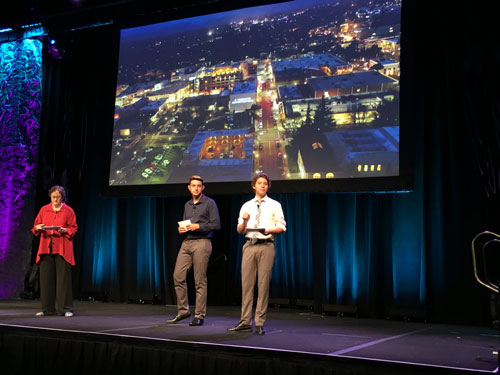
“This project is completely student-created and student-run.” – Lisa Gottfried
solución creativa de problemas es tan importante como STEM, and a day-long hack-a-thon based in California is putting the focus on creativity instead of coding. A developer in today’s world needs more than engineering, matemáticas y tecnología habilidades. El proceso de creación de producto es también de diseño con visión, creatividad y la comunicación competencias.
Mientras asistía a una cumbre de Adobe Líder de Educación, educator Lisa Gottfried came up with the idea of producing the first-ever Create-a-thon to showcase student creative work. With sponsorship from Adobe, she was able to launch her initiative, a day-long design challenge workshop in which the best creative work was ultimately presented at the Napa Lighted Art Festival. Los estudiantes se les dio un día entero para explorar, crear, hacer y compartir sus obras de arte con artistas internacionales en el festival. Gottfried se encuentra ahora en el proceso de expansión del programa.
Lisa Gottfried is recognized internationally for innovation in education. She is an Adobe Education Leader and teaches Digital Design at New Technology High School. She is also an adjunct professor for Touro University, California in the Innovative Education Master’s program.
La Búsqueda Global para la Educación welcomes the Founder of Global Create- a-thon, Lisa Gottfried.
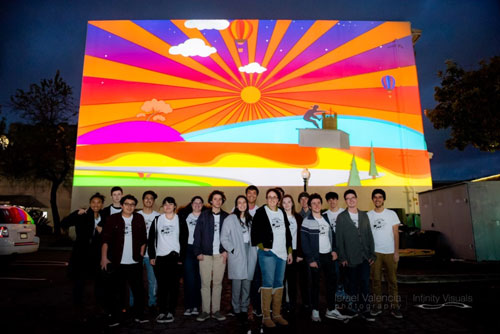
“All important decisions are made by the leadership team or the entire class.” – Lisa Gottfried
Lisa, what makes Global Create-a-thon unique to other programs like it?
This project is completely student created and student-run. All important decisions are made by the leadership team or the entire class. I, como maestro, do not own the project as much as I collaborate with the students throughout the program. I and their mentors help the student leaders to navigate the entire project. This means that the rigor for this project goes up tenfold. Students really own the success of the project and own their own learning in a way they have not experienced with other projects.
También, where else can students get the chance to have their artwork seen by over 20,000 visitors on a 70-foot-long wall? It’s one thing to make artwork for your teacher, but when the stakes have been raised this high and the risk is this big, the payoff in student buy-in is palpable.
We’ve made a big effort to make creating artwork as accessible as possible to all students, no matter their skills in art or their skills in digital design. This project can be done with paper and pencil, or with computers and advanced Adobe software skills, which makes it an exciting way to collaborate with students from around the world, regardless of their access to technology or their technical skills.
What have been the biggest challenges you’ve faced getting schools to participate in your program?
We have had so many educators express interest in participating in our project with their students that recruitment has not been an issue. The challenge has been in getting all our ducks in a row so that we have the right supportive tutorials and clear directions for how to turn work in. Establishing systems for receiving the work so that we are ready to curate a show has meant that students in charge of the event have had to really think through all the ramifications for every systems decision they make. Our long-term vision for the future is that our show tours different lighted art festivals in major cities around the world.
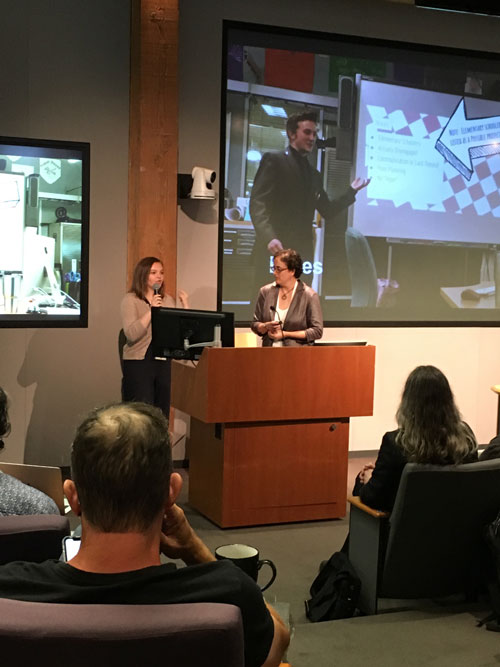
“I, como maestro, do not own the project as much as I collaborate with the students throughout the program.” – Lisa Gottfried
Step us through your timeline – a Global Create-a-thon year.
We start the year with students writing resumes and interviewing for positions for the project. Product Managers are in charge of the entire event, Project Managers head up each team of 4-6 estudiantes, Technicians are in charge of learning new techniques and then teaching them to their team as well as problem solving, and then finally we have artists who have the final say on artistic decisions for their teams.
Students then use the design thinking process to create their own animations for the Lighted Art Festival. They keep an eye toward what they will be asking of other students submitting artwork for the Global Create-a-thon and how they will incorporate that curated artwork into their own creations. They meet with mentors on a bi-weekly basis to get feedback on their artwork and on their planning process.
In addition to the Global Create-a-thon, students plan the in-person Create-a-thon which happens on New Tech’s campus. They create curriculum for the day-long school-wide event, contact volunteers from Adobe, prepare teachers with information needed, and create a portal that everyone can access with all tutorials and support materials for the day. They manage all logistics including the event roll-out, t-shirt design, creating teams, managing all computers, and creating the schedule for the day. This year we are collaborating with another Digital Design class at another Napa-based High school to live-stream our event with schools who are interested in participating in our day-long event from afar. Students from Vintage High School will serve as our live-stream team.
For those who want to participate offline, due to time differences or lack of technology, New Tech students have created a place for others to submit their line art, which will then be transformed into gorgeous neon animations that will be incorporated into the show. We are collaborating with other New Tech Digital Design students in New Orleans to help us transform the line art submissions using Illustrator and After Effects.
¿Cómo evalúa los estudiantes?
In terms of grading, I meet with each student every other week to discuss how they are doing against a rubric with learning outcomes chosen by the student Product Managers. Students negotiate their “pay” with the teacher, using evidence to back up their claims. Learning outcomes include Knowledge and Thinking, Agency, Colaboración, Oral and Written Communication.
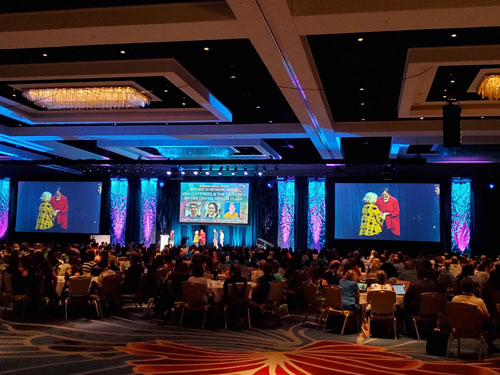
“Students really own the success of the project and own their own learning in a way they have not experienced with other projects.” – Lisa Gottfried
¿Cuál es el papel de los profesores, experts and other mentors for the students?
The role of the teacher is to oversee the entire endeavor and negotiate all the community partner relationships, sin embargo, students are also included in those meetings. Students come to fundraising meetings, video conferences with other adults from Adobe and elsewhere, and eventually become the primary contacts with community partners.
The goal is to have students own as much of the project as possible so they get the chance to practice communication, resource, and time management skills. They are treated as professionals and are expected to play all the roles that adult professionals would play, but with mentors and me giving feedback and coaching along the way. It can feel very messy and disorganized at times, because students are in charge, but ultimately, when students go through this project, they come out incredibly strong in 21st Century skills. It means that writing a reply email that would take a small amount of time for an adult, has to go through an iterative process. This means it takes longer to get things done, but the learning is tremendous, authentic and meaningful.
The teacher’s job here is to be something of a “student whisperer” who does a lot of one-on-one coaching, as needs arise. One example of “student whispering” came last week as one Project Manager struggled to work with a team member who was not moving forward with their work. The conversation centered around how to manage different personalities, how to be a supportive coach instead of a nagging authoritarian. These are incredibly valuable skills to understand as a high schooler. In another example, a student needed to really think through how to best communicate through the creation of a flyer. What words needed to be used? What images work best? What branding was needed for the flyer and was it consistent with other images in other communications? The first end product did not address any of these issues well, but taking time with me and with partners on the team allowed for big pay-offs in learning for this student.
Where can educators see the student work? How can students, teachers and classrooms globally get involved?
Learn more about our program directly from our students:
Learn more about our submissions process.
What’s coming soon from Global Create-a-thon we should share with others?
Join us at the Napa Lighted Art Festival on Jan. 11-18, 2020.
O, contact us for information about the 2021 espectáculo. lgottfried@nvusd.org
Thanks Lisa!
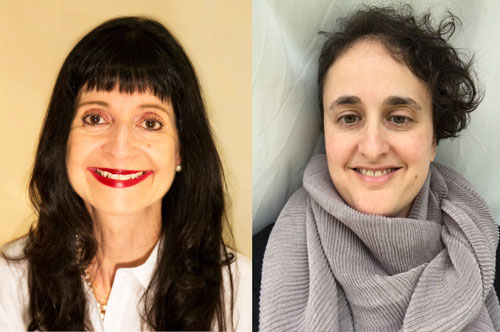
C.M. Rubin and Lisa Gottfried
Gracias a nuestra 800 más contribuyentes globales, profesores, empresarios, investigadores, líderes empresariales, students and thought leaders from every domain for sharing your perspectives on the future of learning withLa Búsqueda Global para la Educación cada mes.
C. M. Rubin (Cathy) es el fundador de CMRubinWorld, una compañía de publicación en línea se centró en el futuro de aprendizaje global, y el co-fundador de Planet Aula. Es autora de tres libros más vendidos y dos series en línea leído. Rubin recibió 3 Premios Upton Sinclair para “La Búsqueda Global para la Educación”. La serie, que los defensores de la juventud se puso en marcha en 2010 y reúne a distinguidos líderes de opinión de todo el mundo para explorar las cuestiones clave de la educación que enfrentan las naciones.
Follow C. M. Rubin en Twitter: www.twitter.com/@cmrubinworld
los Página de la Comunidad de Búsqueda Global para la Educación

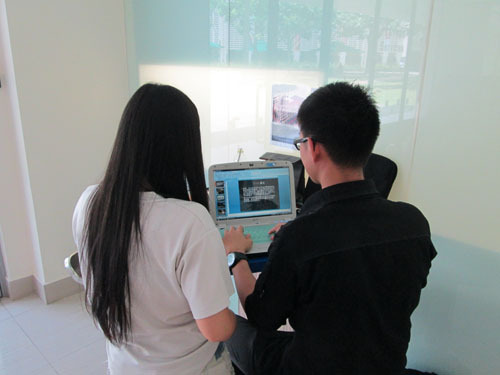
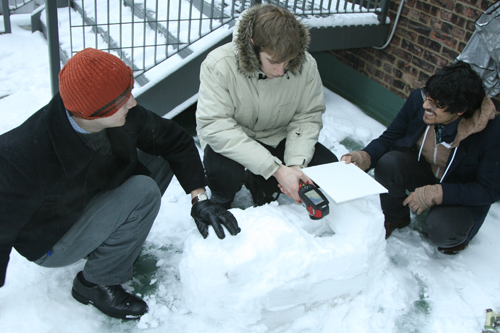
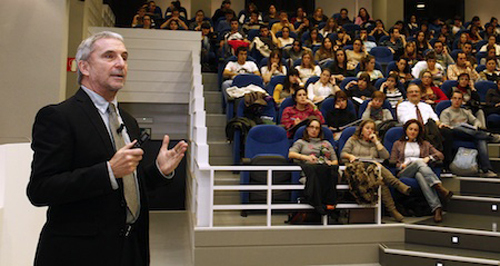
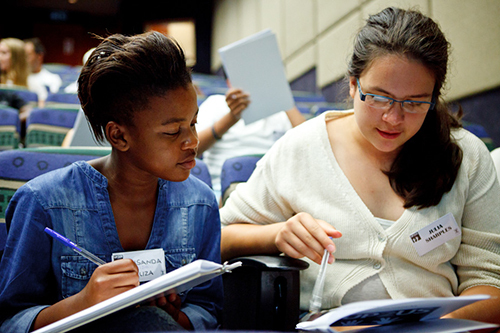
Comentarios recientes